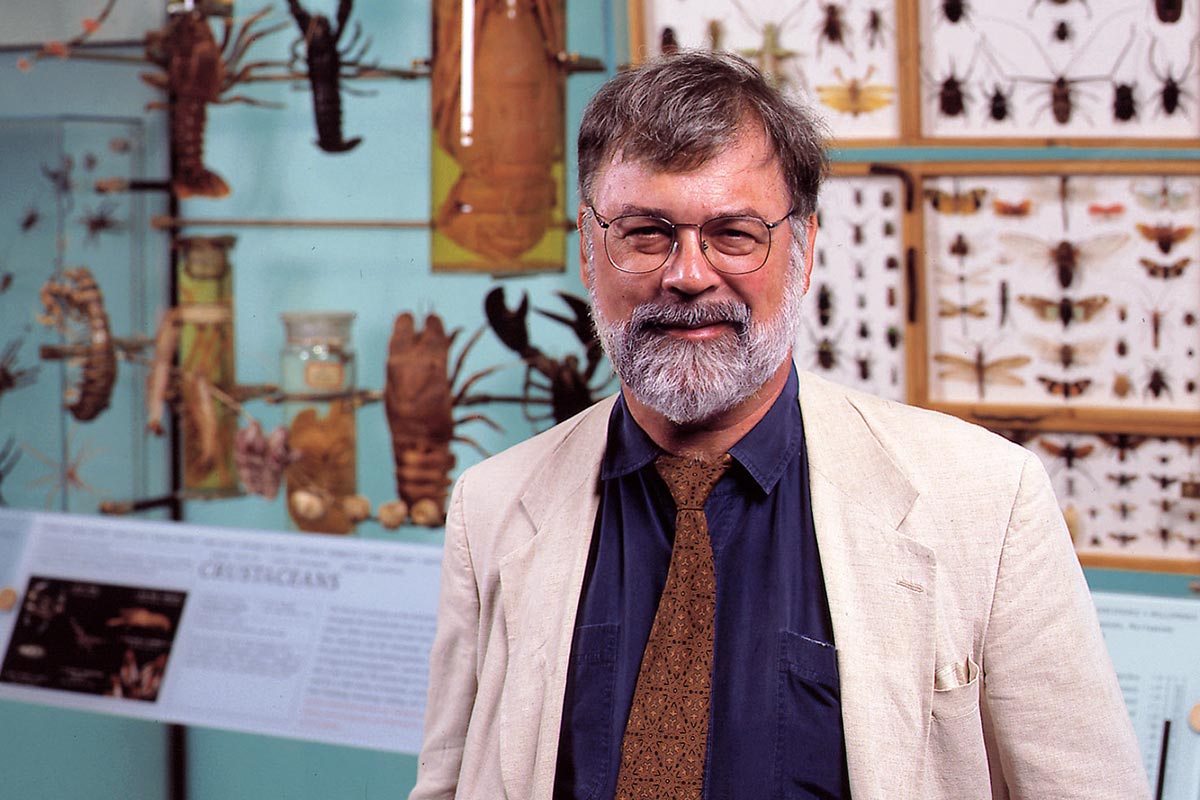COURSE AUTHOR
Niles Eldredge

Niles Eldredge has been a paleontologist on the curatorial staff of the American Museum of Natural History since 1969. His specialty is the evolution of trilobites—a group of extinct arthropods that lived between 535 and 245 million years ago.
Eldredge's main professional passion is evolution. Throughout his career, he has used repeated patterns in the history of life to refine ideas on how the evolutionary process actually works and how it fits with the fossil record. The theory of "punctuated equilibria," which he developed with Stephen Jay Gould in 1972, was an early milestone. Eldredge went on to develop a hierarchical vision of evolutionary and ecological systems, and in his book The Pattern of Evolution (1999) he unfolds a comprehensive theory (the "sloshing bucket") that examines how environmental change governs the evolutionary process.
Concerned with the rapid destruction of many of the world's habitats and species, Eldredge was Curator-in-Chief of the American Museum's Hall of Biodiversity, and has written several books on the subject—most recently (1998) Life in the Balance. He has also combated the creationist movement through lectures, articles and books—including The Triumph of Evolution...And The Failure of Creationism (2000).
An amateur jazz trumpeter and avid collector of 19th century cornets, Eldredge has turned his evolutionary approach to cornet history, using the same analytical tools he applied to the study of trilobites. A critic of gene-centered theories of evolution, Eldredge's Why We Do It (2004) presents an alternative account to the gene-based notions of "evolutionary psychology" to explain why human beings behave as they do.
Eldredge is the Curator responsible for the content of the major exhibition Darwin, which opened at the American Museum of Natural History in New York on November 19, 2005. The exhibition will arrive at London's Natural History Museum for the 200th anniversary of Darwin's birth in 2009. His book Darwin: Discovering the Tree of Life (2005) accompanies the exhibition.
He lives with his wife and 400 cornets in Ridgewood, New Jersey, but repairs to the Adirondack Mountains to hike, think and write as often as possible.